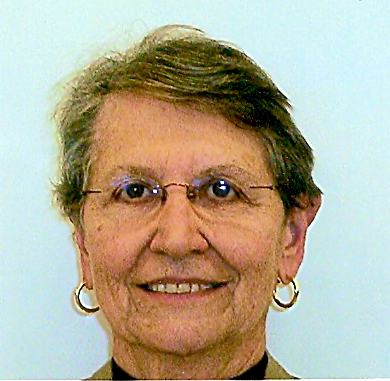 Now through Feb. 16, 2009 people can view the photographic art of Eudora Welty at the Museum of the City of New York! The exhibit is titled Eudora Welty in New York: Photographs of the Early 1930s and includes her pics taken while living in the city. Afterwards the exhibit will be packed up and shipped back to Mississippi for a showing at the Welty House.
Now through Feb. 16, 2009 people can view the photographic art of Eudora Welty at the Museum of the City of New York! The exhibit is titled Eudora Welty in New York: Photographs of the Early 1930s and includes her pics taken while living in the city. Afterwards the exhibit will be packed up and shipped back to Mississippi for a showing at the Welty House.Dr. Prenshaw shared an article she found in The New York Times promoting the exhibit titled "Portraits Taken by a Writer as a Young Woman (in Hard Times)" by Karen Rosenberg.
As a fun classroom assignment, purchase disposable cameras in bulk and let students document a week in their lives for an end-of-the-year exhibit. Teachers may want to lead them by showing Eudora Welty's work and introducing a theme before they start clicking such as My Mississippi or A Day in the Life. How about giving them black and white Kodaks for a back-in-the-day feel? ~Maggie
Copyright information - [Untitled. Front Stoops], 1935-1936 Modern gelatin silver print from the original negative (c) Eudora Welty, LLC; Eudora Welty Collection - Mississippi Department of Archives and History. ~ Maggie














